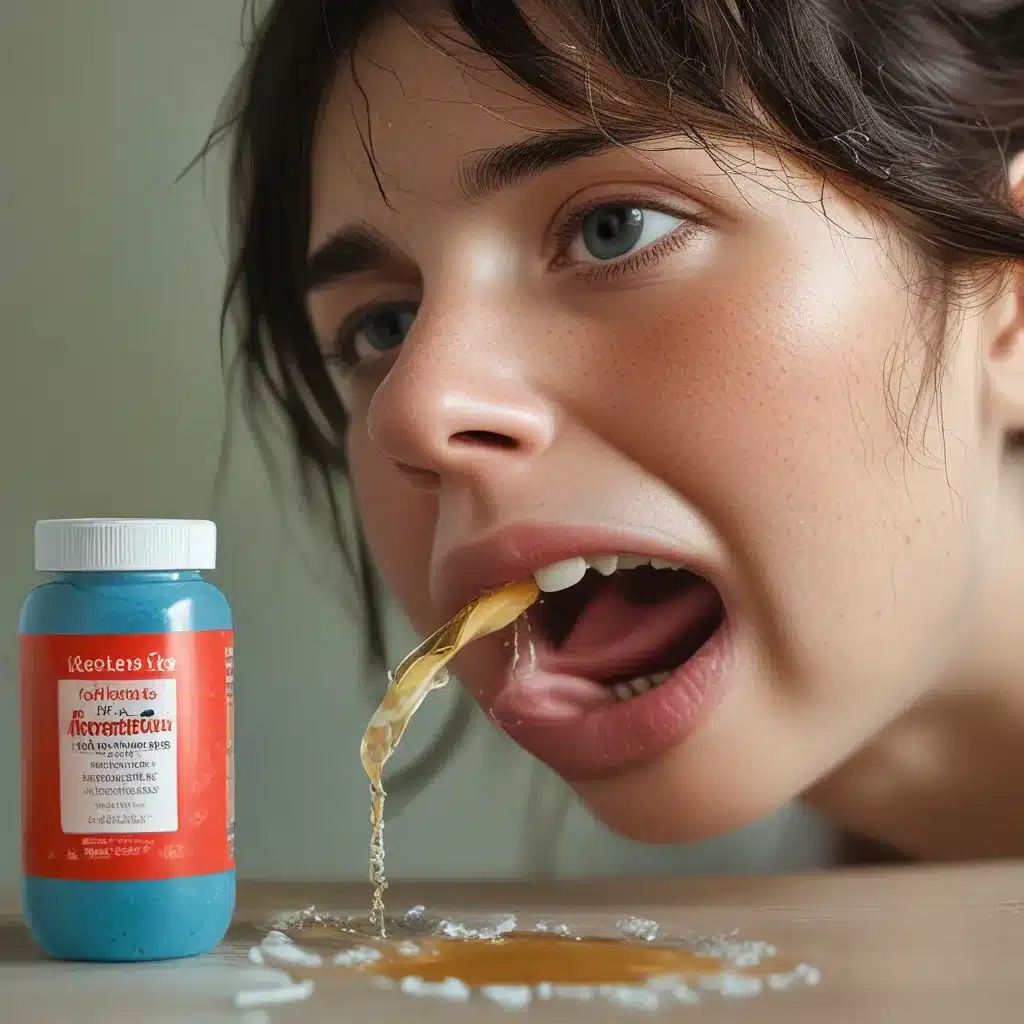Keeping Our Loved Ones Safe: A Journey Through Poison Prevention
I’ll never forget the day my son, little Timmy, almost swallowed a whole bottle of his grandma’s blood pressure medication. It was a heart-stopping moment that still haunts me to this day. Luckily, I caught him just in time, but the thought of what could have happened still makes my stomach churn.
You see, I’ve always considered myself a fairly cautious parent, but that incident really opened my eyes. Turns out, unintentional poisonings are shockingly common, especially for young children and the elderly. In fact, the White House reports that each year, an average of 31 children die from these kinds of incidents, and a whopping 75,000 end up in the ER.
According to the White House, approximately 85% of unintentional poisonings occur right at home, where medicines, cleaning products, and other hazardous chemicals are stored. That’s a sobering statistic, to say the least.
Recognizing the Risks
After my close call with Timmy, I started researching the common culprits behind unintentional poisonings. It’s honestly a laundry list of household items we all have – from laundry detergent and hand sanitizer to coin cell batteries and liquid nicotine. Heck, even something as seemingly innocuous as a decorative plant could pose a serious threat.
The Poison Help website has a great rundown of the most dangerous substances to watch out for. They emphasize the importance of keeping these items out of sight and reach, especially for young children. Storing them in child-resistant packaging is also crucial.
But it’s not just kids who are at risk. Research shows that elderly individuals, particularly those who may have become isolated during the pandemic, are also highly susceptible to accidental poisonings. Ensuring their medications and household products are clearly labeled and secured is of the utmost importance.
Taking Proactive Steps
After my close call with Timmy, I knew I had to take action to prevent any future incidents. The first thing I did was perform a full audit of our home, identifying and securing any potentially hazardous items. I put all medications in a high cabinet with a lock, and I made sure to properly dispose of any unused or expired prescriptions.
I also invested in some child-proof locks for our kitchen cabinets, where we store cleaning supplies and other chemicals. And for good measure, I downloaded the Poison Control Center’s number (1-800-222-1222) and posted it prominently on our fridge.
New Jersey’s Department of Health emphasizes the importance of having this number on hand, as the experts there can provide immediate, life-saving guidance in the event of an emergency.
Spreading Awareness
After taking those initial steps to safeguard our home, I realized I couldn’t just stop there. I needed to do more to raise awareness about this critical issue. So, I reached out to my local community, sharing what I had learned and encouraging others to follow suit.
To my delight, the response was overwhelmingly positive. Neighbors, friends, and even local businesses were eager to join the cause. We organized a neighborhood-wide “Spring Cleaning for Safety” event, where everyone pitched in to properly store and dispose of hazardous materials.
I also connected with the team at Home Curtains Philadelphia, a local custom window treatments company, to see how we could collaborate on raising awareness. They were thrilled to get involved, and together, we developed a series of informative flyers and social media posts to share with the community.
Staying Vigilant, Staying Safe
I’ll admit, the journey to ensure my family’s safety hasn’t always been easy. There have been moments of frustration, like when I catch Timmy trying to scale the kitchen cabinets. But I know that the effort is worth it.
Because at the end of the day, the safety and well-being of our loved ones is the most important thing. By taking proactive steps to secure our homes and educate our communities, we can work together to deter the unintentional ingestion of harmful substances and prevent tragedies from occurring.
So, let’s continue to spread the word, share our knowledge, and inspire others to follow suit. After all, a little bit of vigilance can go a long way in keeping our families safe and sound.



